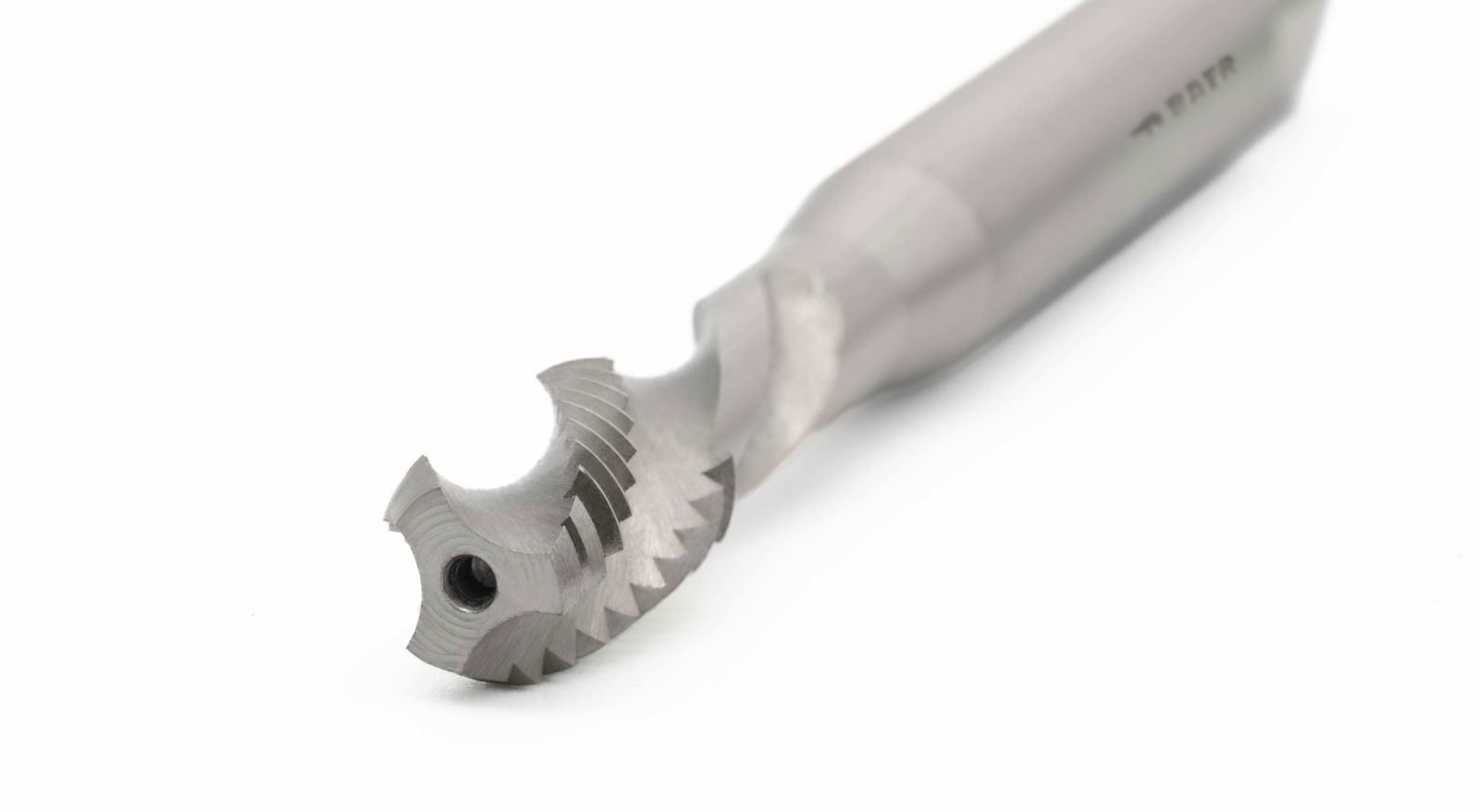
Left-hand thread - use & differences to right-hand thread
From childhood, we're taught that screws and twist caps are tightened clockwise and loosened counterclockwise. It becomes second nature, so we rarely give it a second thought. Have you ever struggled to open a bottle because you weren’t sure which way to turn?
The majority of threads we encounter daily are right-hand threads. This predominance is in part due to the ease with which right-handers can apply torque when turning clockwise. It's also convenient not to check the thread direction for every screw. However, there are certain special cases where left-hand threads are not only preferable but also indispensable for safety reasons. Let’s delve into a few of these.
So, what is a left-hand thread?
A left-hand thread is designed such that the direction of the thread winds to the left, opposite to a right-hand thread. This means that screws with left-hand threads tighten counterclockwise. These threads are primarily used in situations where rotation could inadvertently loosen right-hand threads. However, other areas also benefit from the unique thread direction. Let’s explore some domains where left-hand threads play a role:
Left-hand threads prevent self-loosening
In certain scenarios, right-hand threads might unintentionally loosen due to rotational movements. A prime example is the bicycle pedal. A physical effect can cause the pedal shaft in the threaded hole to wobble and rotate on its axis. For the left pedal, this rotation would be counterclockwise, the direction in which a right-hand thread would loosen. Using a left-hand thread ensures that the pedal tightens due to this motion. The right pedal operates in the reverse direction, thus requiring a right-hand thread. This principle was formerly applied to wheel nuts and bolts for various vehicle types.
The principle is also true for other threaded connections, such as those for grinding wheels or circular saw blades, or the rotor of a fan. The shaft of a brush cutter or grass trimmer is secured in this manner. In these instances, left-hand threads ensure that the threaded connection doesn't unintentionally loosen during rotation. In fact, the rotation further tightens the connection.
Left-hand threads as a safety mechanism
Beyond the physical benefits, left-hand threads serve a psychological function as a safety mechanism. This design can prevent accidental mistakes that arise from routine or carelessness. The most critical application for left-hand threads as a safety mechanism is with gas cylinders. Such threads are found on cylinders containing flammable gases, ensuring they can only connect to the correct apparatus, such as a gas grill. This thread direction prevents potentially life-threatening misconnections by distinguishing cylinders with flammable gases from those with inert gases.
Other use cases
In addition to these primary applications, left-hand threads have niche uses in other areas. In plumbing, they're used when connecting two pipe ends that can't be rotated. The connecting piece will have both left- and right-hand threads, making it easy to screw in between. Left-hand threads are also employed to create specific directional movements, as seen in the lead screw of a lathe or in a turnbuckle that operates using a dual nut system with both left- and right-hand threads.
Distinguishing left from right-hand threads
It’s fairly straightforward to identify whether a thread is left or right-hand. Simply observe the direction of the thread. When viewed head-on, a right-hand thread’s flanks run from the bottom left to the top right. For a left-hand thread, it's the opposite. Additionally, left-hand threads are often marked with the abbreviation “LH”, indicating "left hand". In fields where left-hand screws are common, specific markings indicate thread direction. In watchmaking, left-hand screws may feature cross-grooves or additional slots on the screw head.
Cutting left-hand threads
While left-hand threads are rare, they serve essential roles, especially in safety precautions. But what if you need to cut or repair a left-hand thread? That's straightforward, provided you have the right tools, such as a thread cutting tool.
There are special tools for cutting left-hand threads, designed specifically for the purpose. To cut internal threads, you'd use a screw tap for left-hand threads. And for external threads, there are unique thread cutting dies designed for the left-handed direction. When working, remember to reverse your usual turning direction. Procedures, measurements, and thread standards remain consistent.
You can find screw taps and dies for producing left-hand threads in various specifications in the online shop of screw tap manufacturer BAER Tools. Dive in and experience the unmatched quality and precision of our thread tools designed for left-hand threads!
